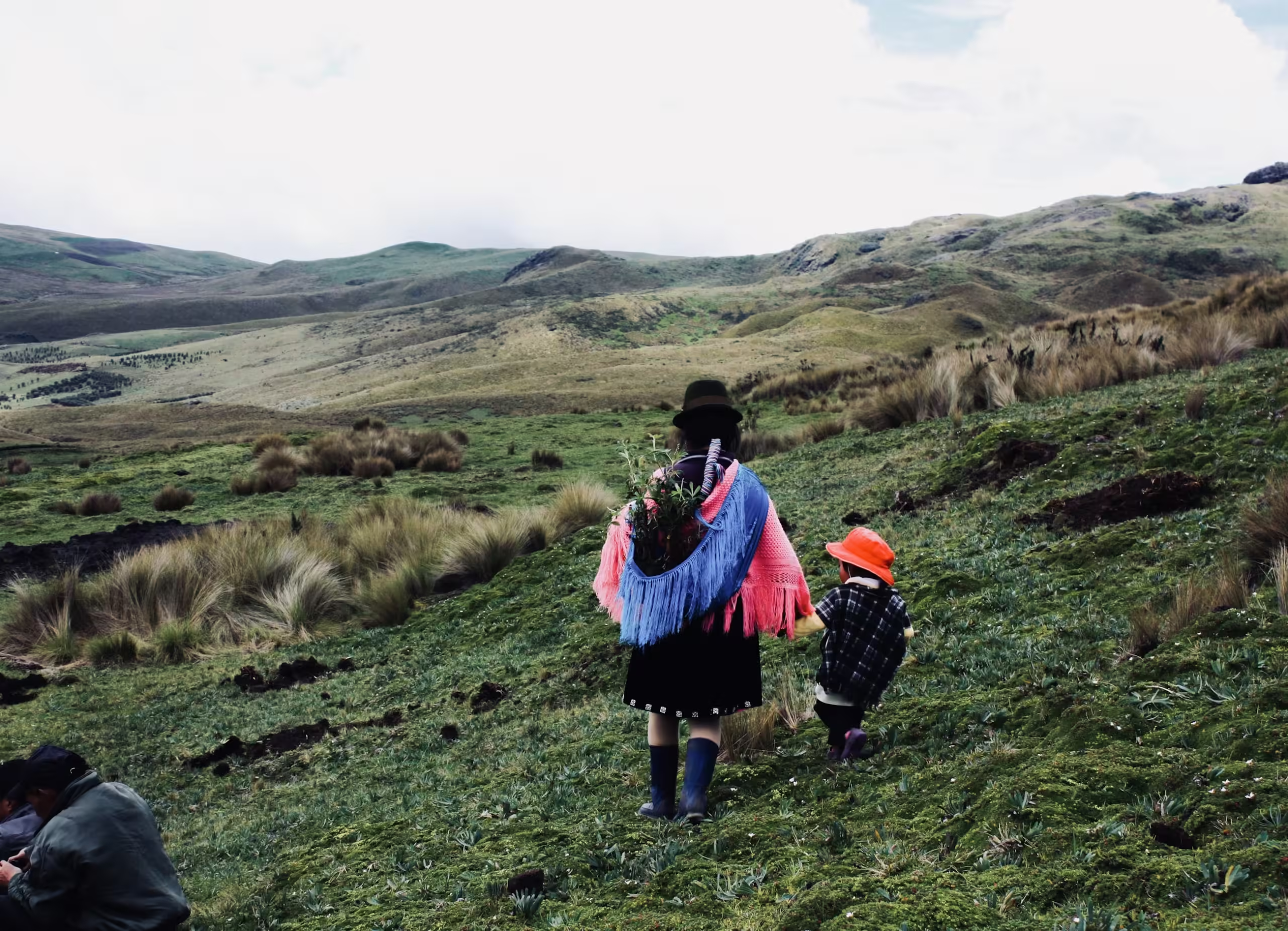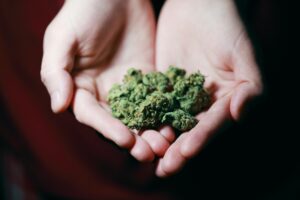Cannabis has a rich history of use that spans various cultures and continents. In South America, historians contest when exactly the plant first started being used in the region. Some argue that pre-Columbian indigenous communities used cannabis well before the 15th century, and others believe that the plant was brought over by European settlers and slaves, and that it has no traditional history in the region. This article will explore both sides of the argument, and shed light on the use of the plant in the region.
A European Introduction to South America
The answer might be that in Europe, during this period, cannabis was cultivated exclusively for fibers, meaning that it is possible that the fiber-producing varieties, several feet tall and woody, are those with which the Spanish would have been familiar. These differ in form from native varieties that could have been cultivated for medicinal or narcotic purposes, likely compact, bushy and tender. This could explain why settlers did not initially recognise them and that native varieties were later assumed to be escapees from those cultivated for fiber.
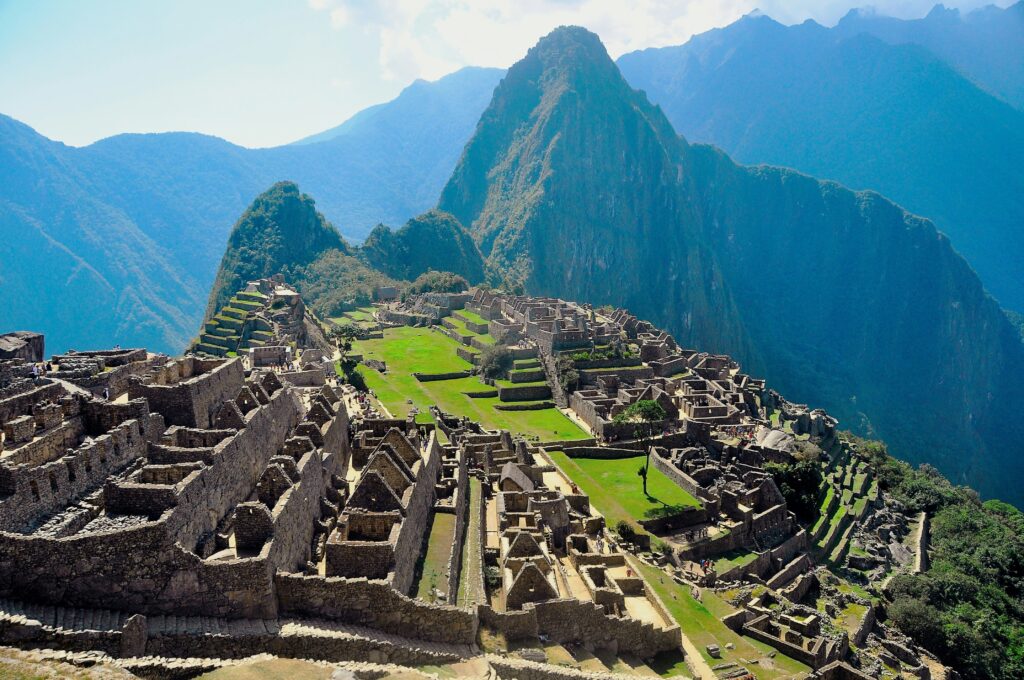
Archeological Evidence for pre-Columbian Presence
Scientists who suggest that cannabis was indeed present in the region and used by indigenous communities far before the arrival of European settlers point to archaeological evidence, as well as the region’s frequent use of hallucinogens in spiritual practice. Researchers in Peru found THC (along with cocaine and nicotine) in the tissues, teeth, and hair of ancient naturally mummified bodies from both the North Coast and the South Coast of the country, suggesting the presence of the plant in the region dating as far back as AD 115 to AD 1500. This would mean that cannabis was in fact grown and used prior to the arrival of settlers.
Use of Entheogens in Indigenous South American Cultures
Another argument for the presence of cannabis in pre-Columbian South America is the vast use of entheogens for spiritual practices in the region. Indigenous South American cultures have a rich history of using entheogens, or psychoactive substances, in their spiritual and healing practices. These substances, derived from plants and fungi, were integral to rituals aimed at communicating with deities, ancestors, and the spiritual world. Among the most notable entheogens were ayahuasca, a powerful hallucinogenic brew that has been used for millennia, and the San Pedro cactus, containing the psychoactive alkaloid mescaline. These entheogens were used by shamans to induce altered states of consciousness, facilitating visions and spiritual journeys that were believed to provide guidance, healing, and insight. With the vast knowledge and use of plant medicine in the region, historians who argue for a pre-Columbian presence of cannabis in South America stress that it is an Euro-centric viewpoint to believe that the plant was not known of and used in the region by ceremonially prior to the arrival of settlers.
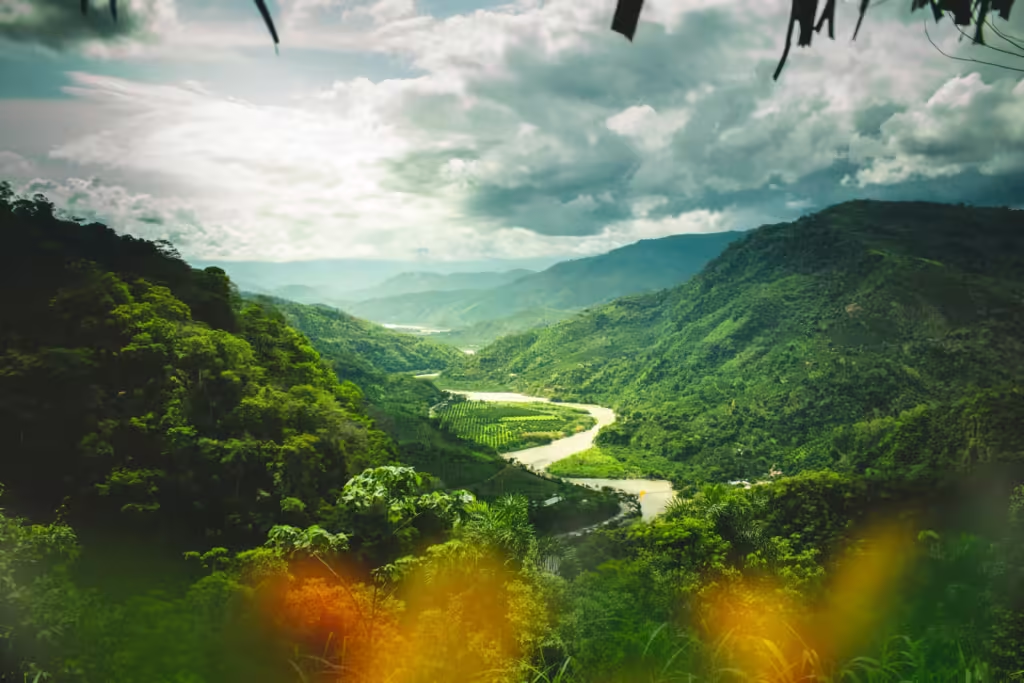
Cannabis use in North American Indigenous Communities
Multiple academic studies, archeological findings, journal entries from early European explorers, and other firsthand accounts conclude that in modern-day Canada and The United States, indigenous peoples were using cannabis long before any settlers came to North America. The presence of clay pipes, some containing cannabis residue and wrapped in hemp cloth, were found in the so-called Death Mask mound of the Hopewell Mound Builders, who lived about 400 B.C.E in modern Ohio.
With various archeological accounts showing cannabis to be present in the Americas prior to settler occupation, the possibility of cannabis being in fact present in neighboring South America, and it having been under-reported could be true.
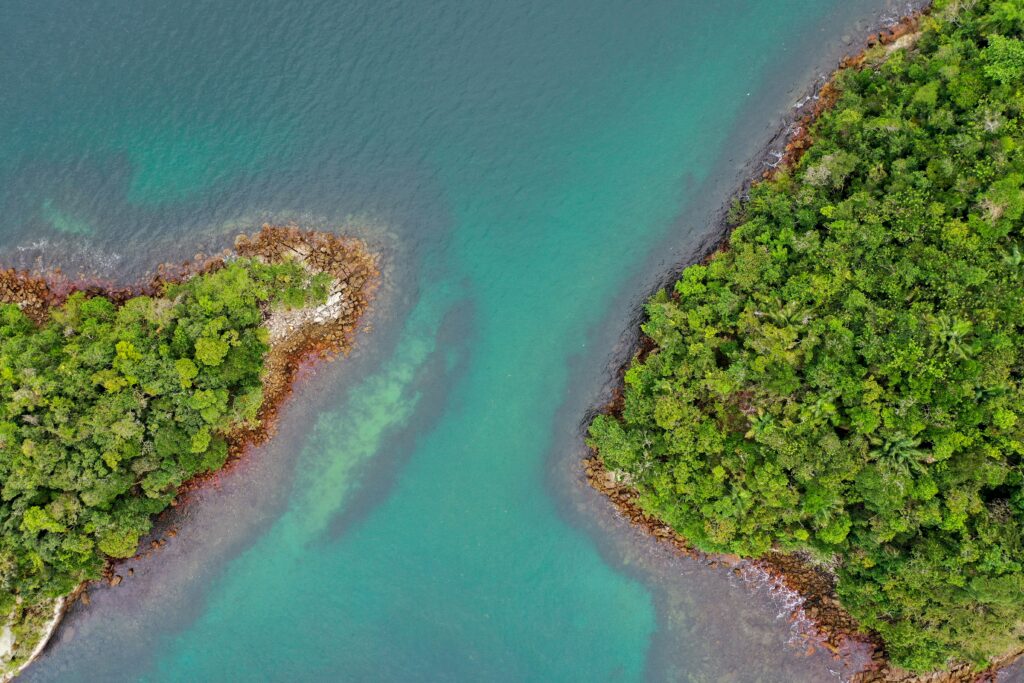
Conclusion
The history of cannabis in South America is a complex tapestry that intertwines external influences and indigenous traditions. While the exact timeline of its introduction remains debated, archaeological evidence and the historical use of entheogens in indigenous cultures suggest that cannabis may have been present in the region long before European settlers arrived. The discovery of THC in ancient mummies and the deep-rooted use of psychoactive plants in spiritual practices underscore the possibility of pre-Columbian cannabis use. On the other hand, the absence of early colonial records mentioning cannabis points to a later introduction by Europeans, who brought the plant for its fiber. The origin of cannabis in South America still remains contested, however it is clear that cannabis eventually made its way to the region and became popularized as the plant we know and love today.
